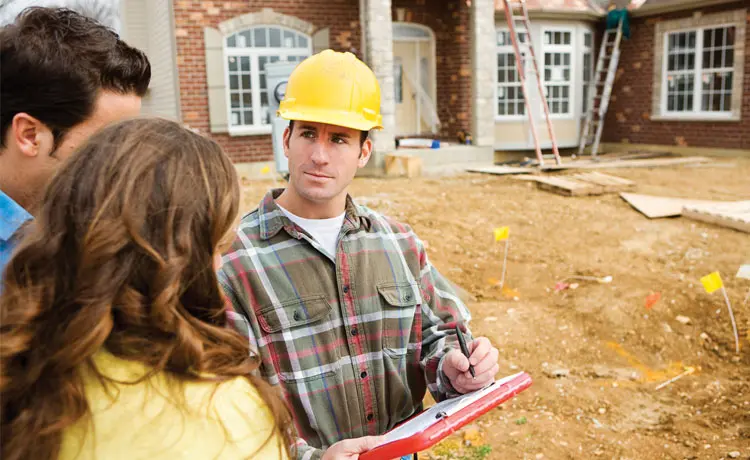Last year, 25 million Americans were affected by disaster. Inspire the citizens in your community to upgrade now to mitigate the effects that a natural disaster can have. At the same time, upgrades can increase curb appeal and energy efficiency. Incorporating hazard mitigation measures into home upgrades offers multiple benefits:
- Reduce risk and avoid losses from natural hazards.
- Increase home strength to withstand severe weather.
- Decrease insurance premiums.
- Increase property values.
Top 3 Double-Duty Upgrades

- Multi-pane windows reduce the risk of breakage during high-wind events such as hurricanes and tornadoes. They also better insulate, reducing your heat and air-conditioning costs.
- Lower heating and cooling loads benefits the whole community by decreasing the strain on the energy grid during a natural disaster.
- Doors and garage doors are particularly vulnerable openings in high-force winds. Wind- and impact-resistant doors are cost-effective protection.

- Fiber-cement siding is a sustainable material that resists many common hazards. It’s water- and fire-proof and can withstand winds up to 150 mph.
- Though not as sustainable or as durable as fiber-cement siding, vinyl siding can withstand impact from hail and wind up to 110 mph.
- Both types of siding resist excessive moisture, meaning they won’t rot or corrode over time.

- Replacing shingles, shakes or tiles with a metal roof is a very sound investment.
- Metal roofs are naturally durable (life expectancy 50 years!) and because they are securely fastened, they have high uplift resistance and can withstand wind gusts up to 140 mph.
- Metal roofs are fire retardant and termite resistant.
- A metal roof can save you up to 40% in annual heating costs.
FEMA’s Hazard Mitigation Grant Program
FEMA’s Hazard Mitigation Grant Program (HMGP) helps communities implement cost-effective hazard mitigation measures following a Presidential major disaster declaration. The objective is to support measures during recovery that will reduce the risk of physical and social impacts from future disasters. HMGPs can be applied to all kinds of hazard-mitigation construction, including the structural retrofitting of existing homes for such enhancements that make homes more resistant to flood, wind, earthquakes, fire and wildfires. The 2017 report Natural Hazard Mitigation Saves shows that money spent on reducing the risk of natural hazards is a sound investment. On average, one dollar spend by FEMA on hazard mitigation saves about $6 in future benefits.
Is Your Community Eligible for HMGP Funding?
Homeowners cannot apply directly for HMGP funding. Generally, local communities sponsor applications on behalf of homeowners for grant funding.
- Your community must be in an area that received a Presidential Major Disaster Declaration.
- Your community must have an approved hazard mitigation plan.
- The mitigation actions planned must be cost-effective, technically feasible, environmentally sound, and approved by FEMA.
- Your community must be a participating member of the National Flood Insurance Program (NFIP) and in good standing (not on probation, suspended or withdrawn) with the NFIP.
- There is a cost-share requirement. FEMA generally pays up to 75% of the cost of the mitigation action, affected homeowners typically are responsible for the other 25% for their own home’s upgrade. Affected citizens must check with their respective community, state or tribe to determine their specific cost-share requirements.
Understand the HGMP application process for state and local governments. Understand the HGMP process for homewoners. For more information on how your community can be ready for the next disaster, browse the QuickSeries® library of guides, including Disaster Preparedness and Disaster Recovery.
